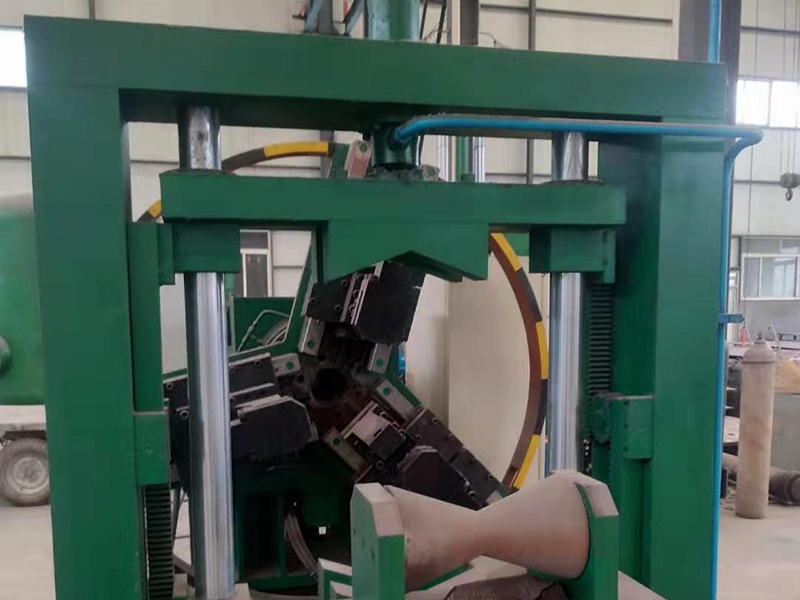Total station search
Hydraulic pressSteel tube hydrostatic testing machineSteel pipe hydraulic press
Steel tube hydraulic pressure testing machine The steel tube has different finishing processes according to the variety. Generally includes straightening, cutting, heat treatment, inspection, experiment, printing, weighing, packaging and other processes. The following only introduces the finishing process of our company's proposed seamless steel pipe: light pipe → straightening → ash suction inside the steel pipe → flaw detection (ultrasonic and eddy current) → flat chamfer → ( hydraulic test ) → weighing, length measurement → Marking → Packing → Finished product.
What is the intention of steel pipe finishing?
Because of the high quality requirements of steel pipes and the inevitable occurrence of various shortcomings in various production processes, steel pipe finishing can improve the product level, satisfy some special needs of customers, improve product competitiveness, and complete corporate profits. Therefore, it is necessary to perform finishing and various processing after the steel pipe is cooled.

What is the straightening intention of steel pipes?
The purpose of the straightening process is to eliminate the tortuosity of the steel pipe during the rolling, transporting, cooling and heat treatment processes, and also to reduce the ovality of the steel pipe.
The straightening effect is firstly adjusted by the straightening rollers, which causes the longitudinal repetitive twists and turns of the steel pipe. At the same time, each pair of straightening rollers also exerts a certain pressure on the steel pipe, causing repeated elliptical deformation of the steel pipe cross section. The zigzag deformation is gradually reduced together to achieve the effect of straightening the steel pipe.
What is a hydraulic test?
For all kinds of steel pipes used for receiving pressure, you must thoroughly test the internal hydraulic pressure of a certain pressure to check the pressure capacity of the steel pipe and further discover the shortcomings of the steel pipe.
The experiment was performed on hydraulic presses of various structures. Before the experiment, filling liquid for the experiment was filled into the tube to sweep the air out of the steel pipe, and then gradually and smoothly passed through the filling liquid that transmitted the pressure, until the filling liquid overflowed and reached a regular pressure. After that, the pressure must be maintained at all times and a hammer is used to quietly strike at one end of the steel pipe. If no leakage, wetting or deformation (swelling) of the pipe is found, it is qualified.